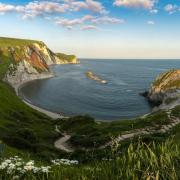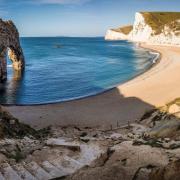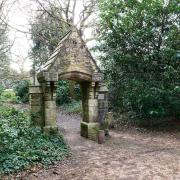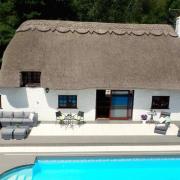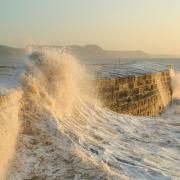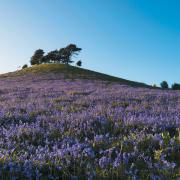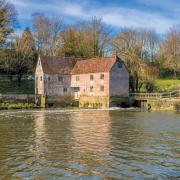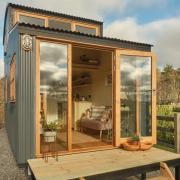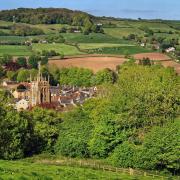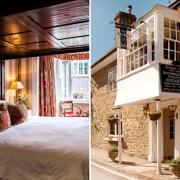Discover the industries and businesses that shaped this Dorset town, and what it offers today
Dorchester...past
On Thursday June 2nd 1887 the Prince of Wales visited the Bath & West Show, which that year was held in Dorchester. Elaborate decorations in red, white and blue lined the route from Dorchester Railway Station to the ‘showyard’ at Stinsford, and military bands from the Barracks and Depot played. Dorset’s great and good welcomed the Prince of Wales to a reception in the Corn Exchange and lunch in the Guildhall, where the mayor, Alfred Pope, noted that as Lord of the Manor of Fordington, the Prince’s Duchy of Cornwall estate included bits of the borough and much of the land encircling the town.
The mayor had good reason to warmly welcome the Prince. Up until the 1870s Dorchester’s expansion had been constrained by Fordington’s open fields, of which West Field alone was 3,000 acres. The town largely remained within its celebrated Walks, which followed the lines of the Roman walls. Beginning in the 1830s, the Duchy took back land as tenancies lapsed, effectively enclosing the open fields. By 1880 a ‘large portion’ of Fordington Field had been sold for building sites, and the pace of development and rise in population quickened. The Borough Gardens were laid out to compensate for the loss of the open fields, and lines of terraced housing rose where only a few years earlier cattle bound for market had grazed.
Top O’Town acquired a new landmark in the stone Keep marking the entrance to the Barracks, a depot for the newly-formed Dorsetshire Regiment. The creation of the County Council in 1889 secured the county town as an administrative centre. A new market was established opposite the imposing brewery buildings of Eldridge Pope (now the site of Brewery Square), a major local employer. The creation of new local businesses, such as the Dorchester Steam Plough Works, went some way towards reducing its dependence on agriculture.
Try as it might, Victorian and Edwardian Dorchester never really shook the mud from its boots. Some 12,000 sheep were bought and sold at the annual Poundbury Fair. Despite the latest ladies' fashions proudly displayed in Genge & Co’s High West Street windows, on market days Dorchester’s attempts at gentility were trampled by livestock being driven through its streets.

Dorchester ...present
Poundbury: Started by HRH The Prince of Wales in 1993, who was determined to break the mould of conventional housing development, Poundbury is now a thriving urban extension of Dorchester. poundbury.co.uk
Dorset Museum: Journey through 250 million years of Dorset’s natural world, archaeology, history, art, and culture via the world-class collections housed here including Jurassic Coast fossils, Thomas Hardy’s study and Elisabeth Frink art works. dorsetmuseum.org
Durnovaria: The Romans built a fine Town House, the remains of its mosaics are by County Hall, and they turned Maumbury Rings, a Neolithic henge, into an amphitheatre, still used today. dorsetmuseum.org/romantownhouse
READ MORE: Dorchester shortlisted for England's best place to live 2023




